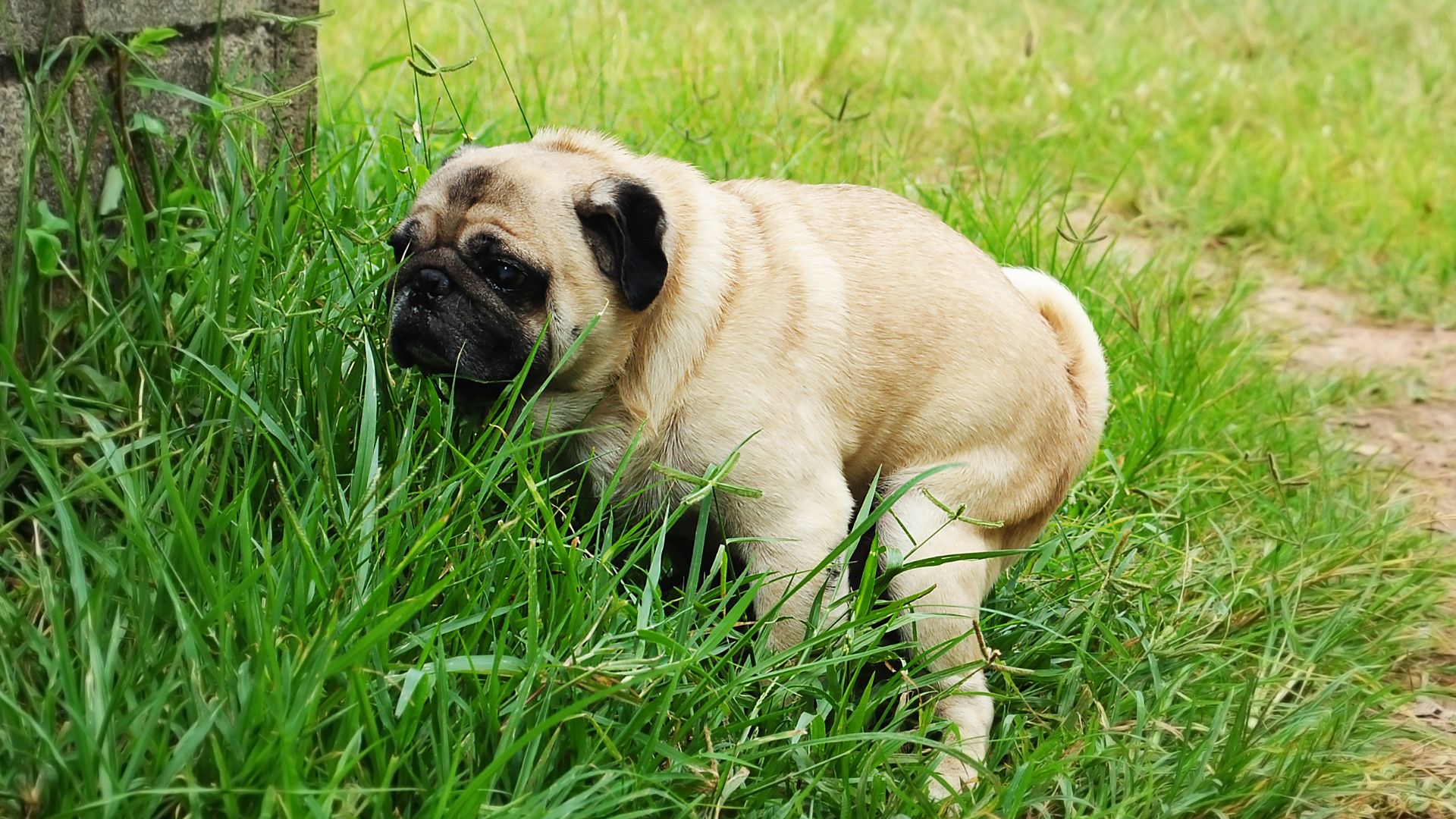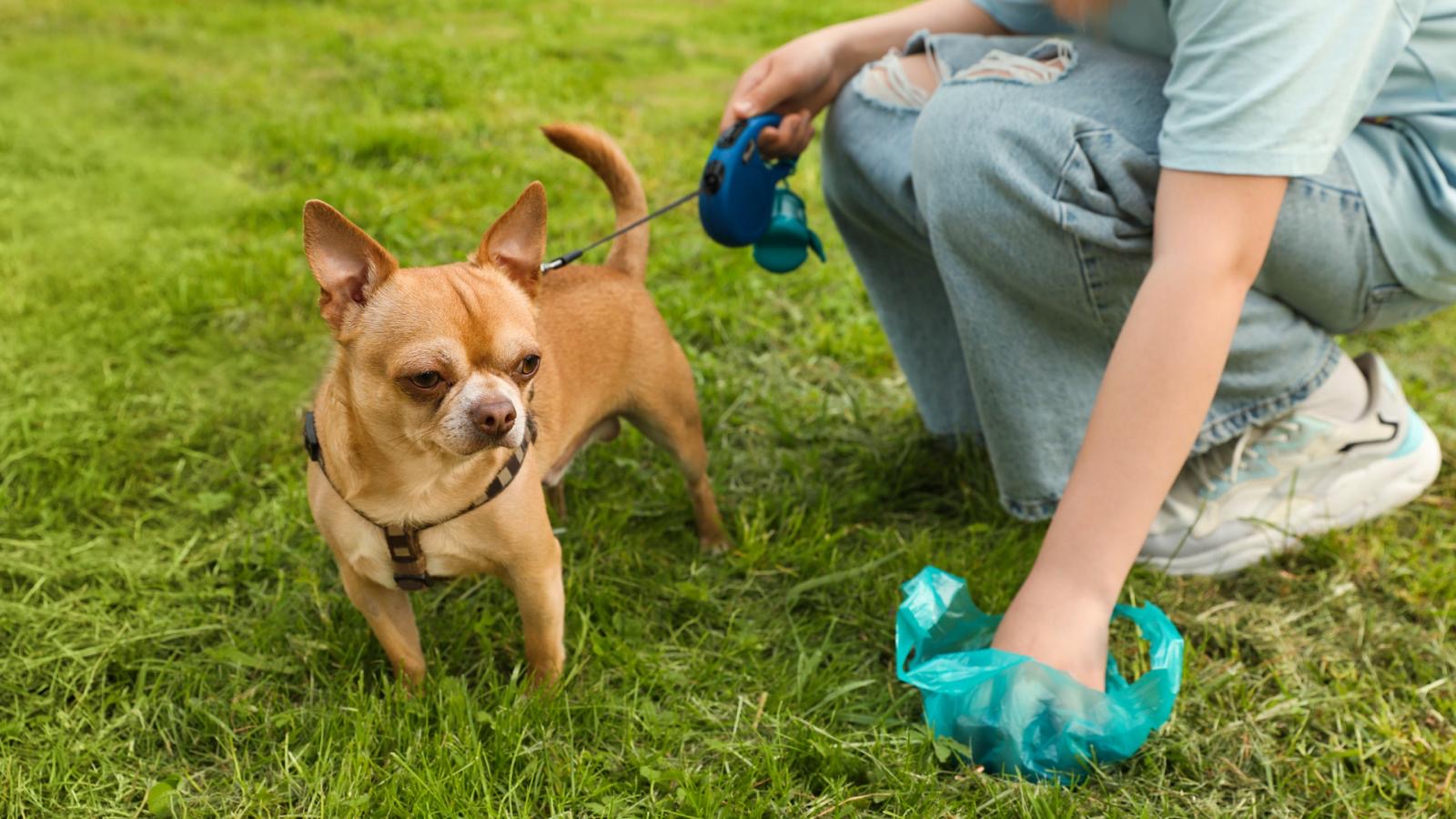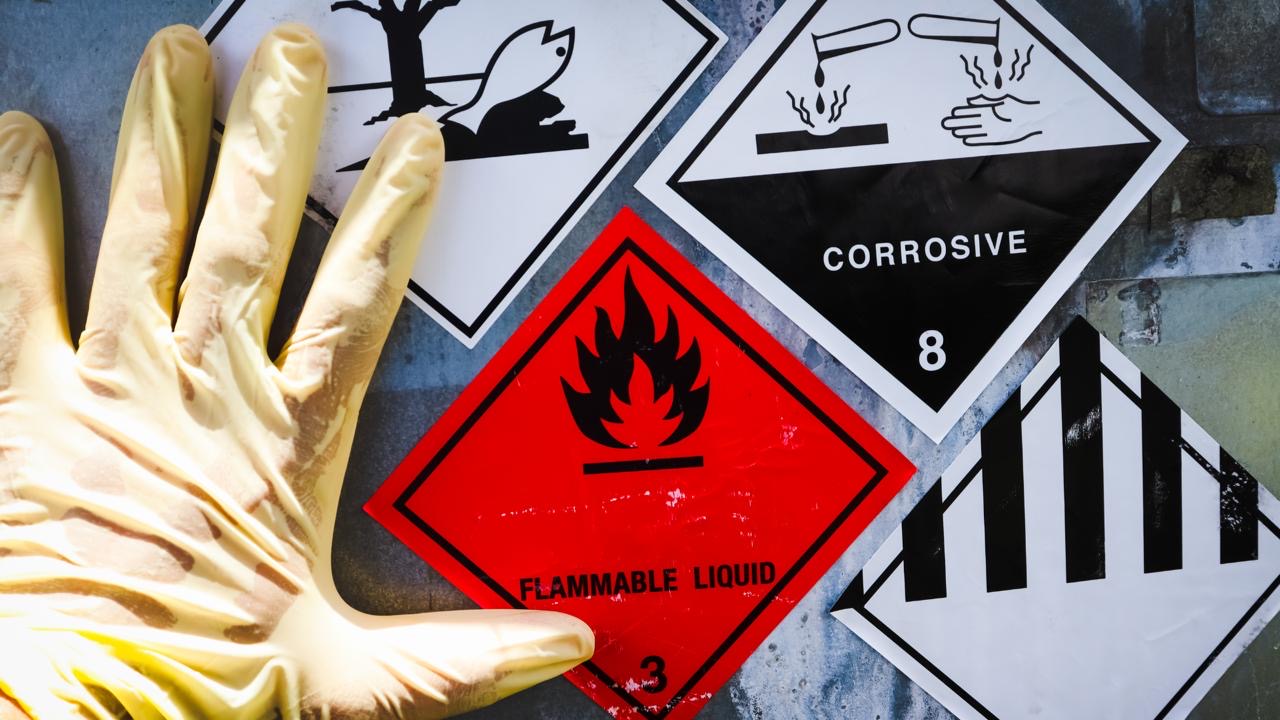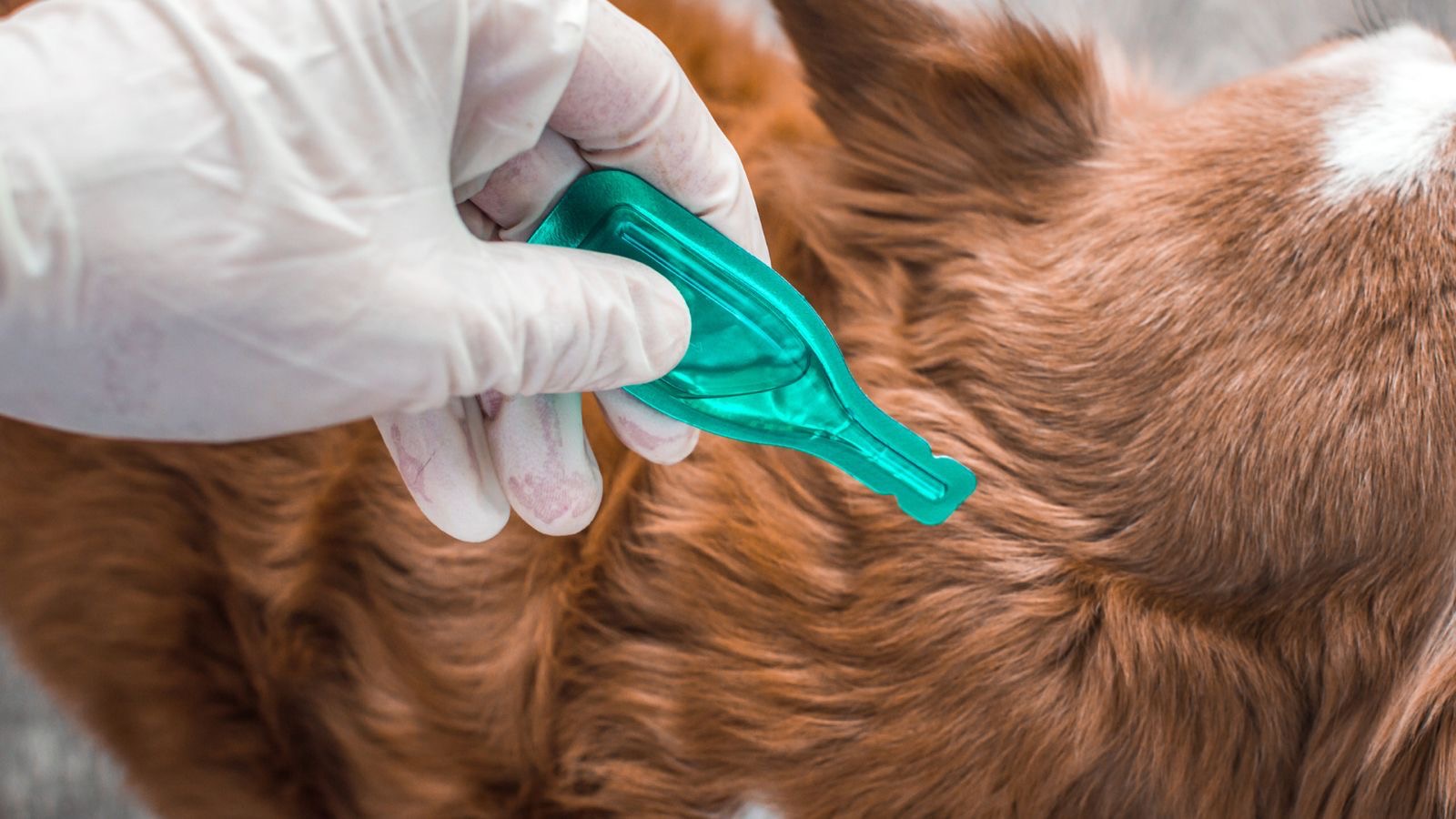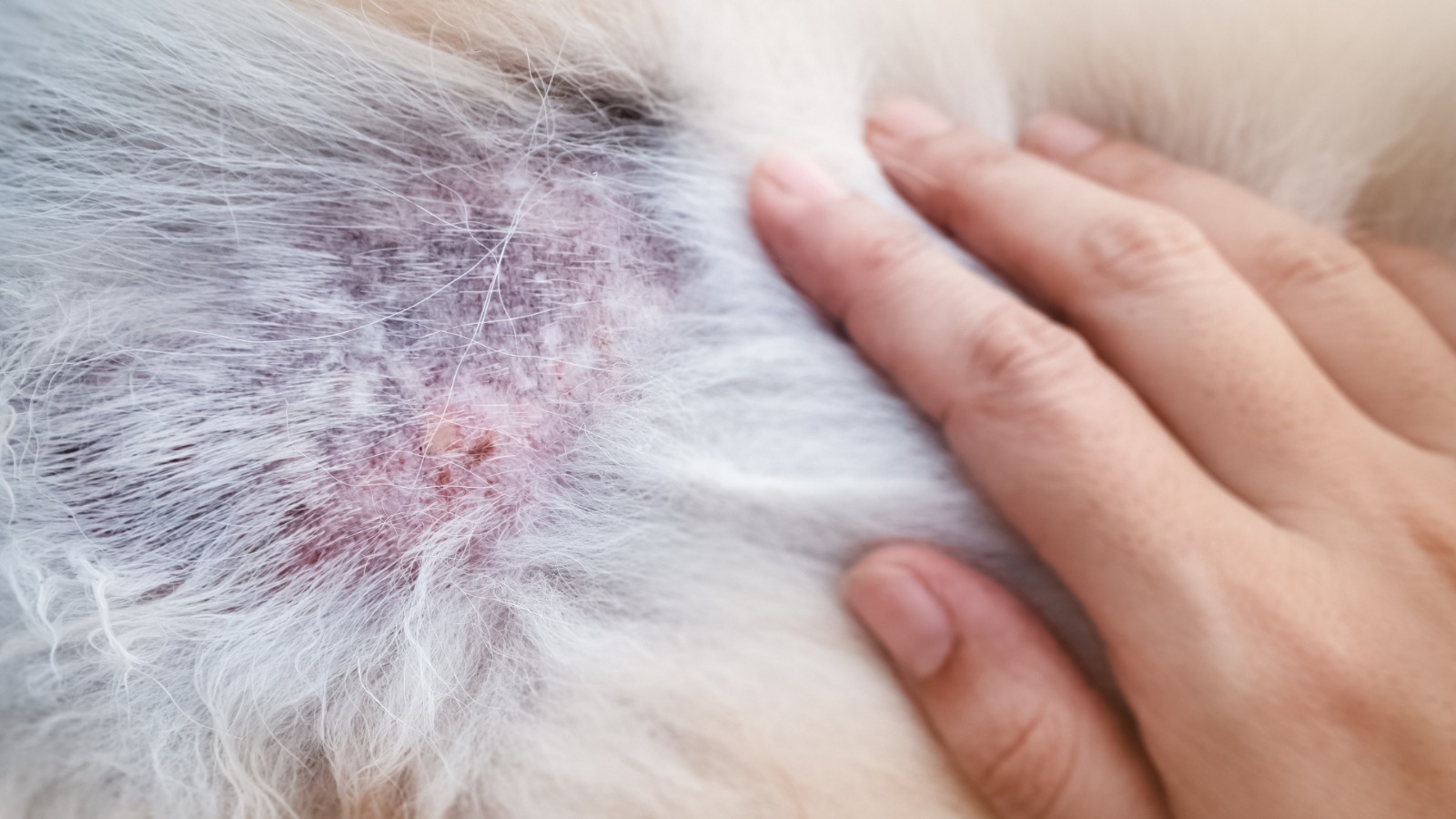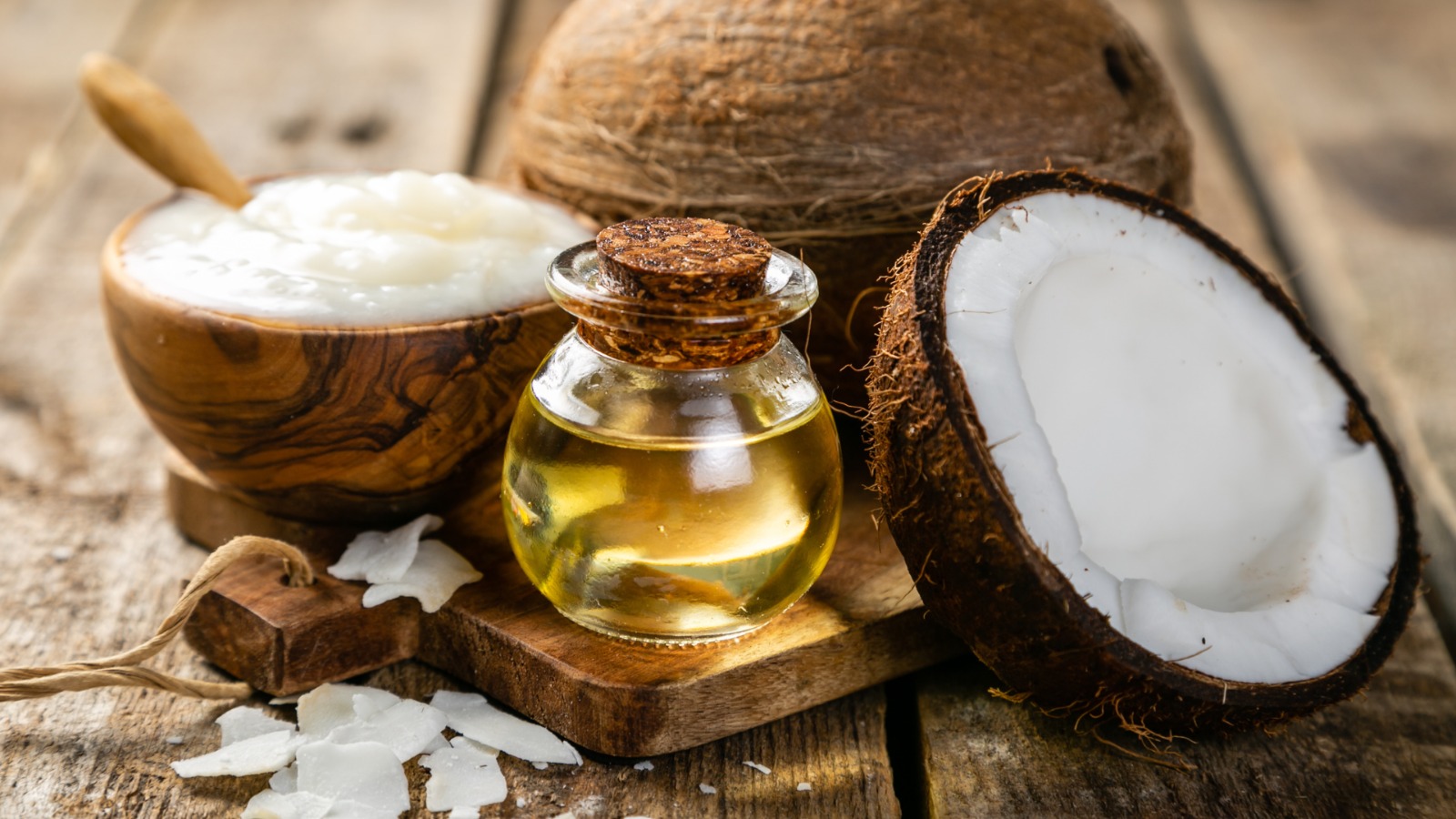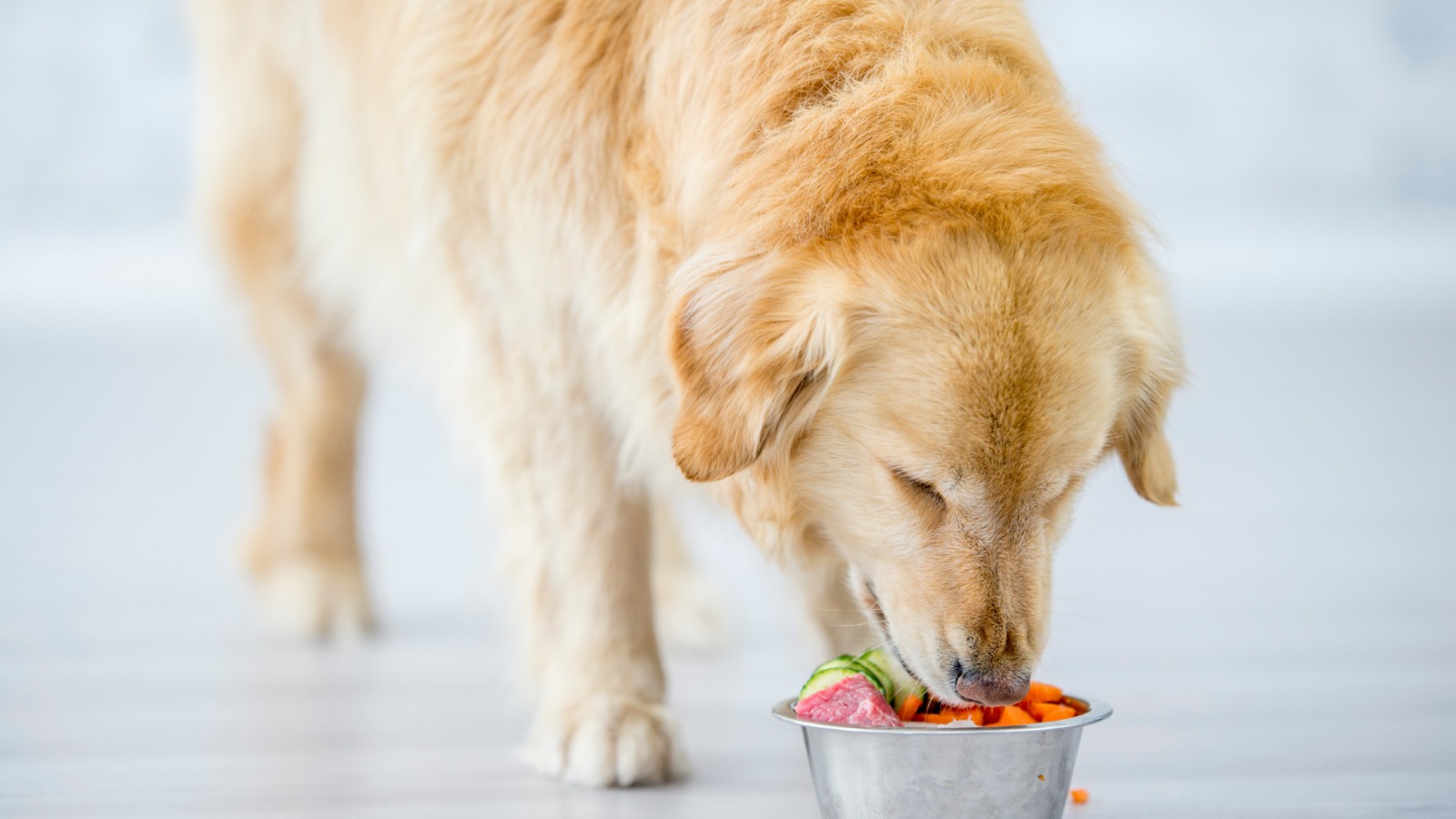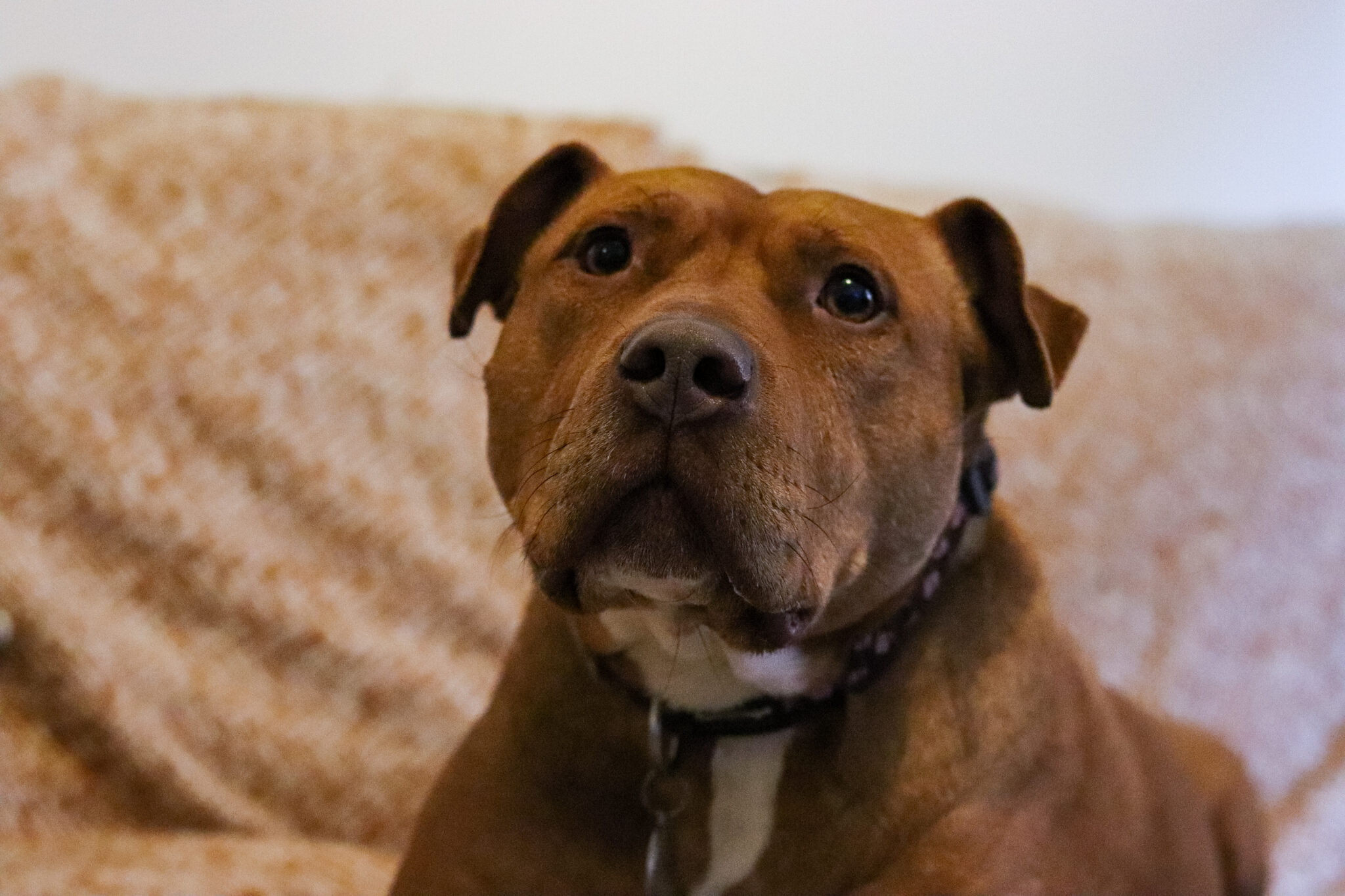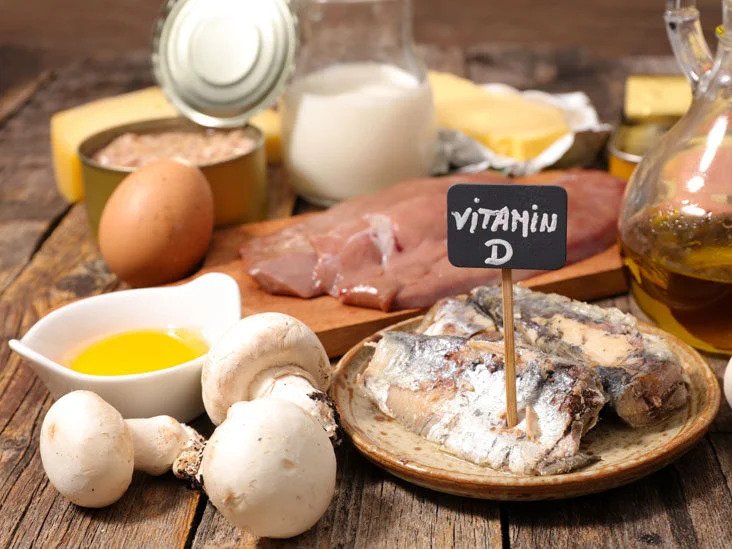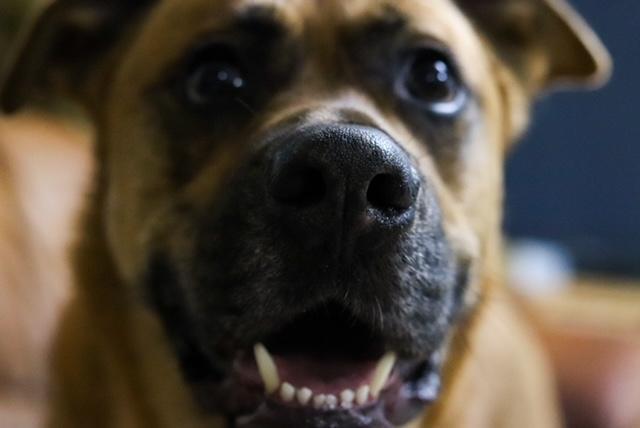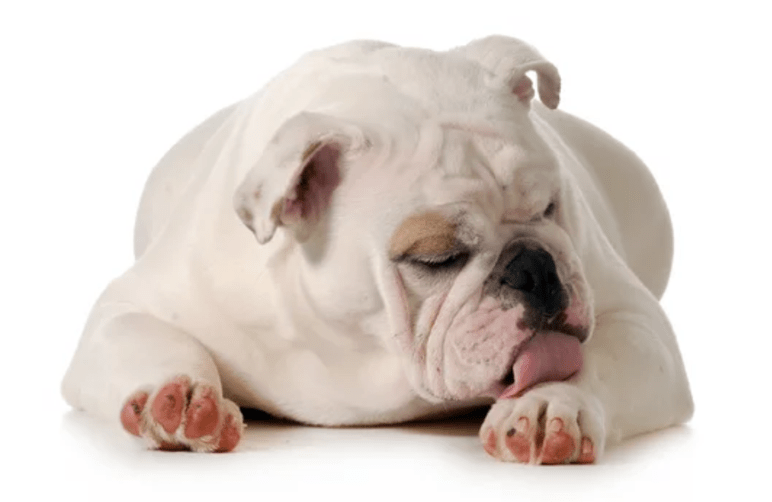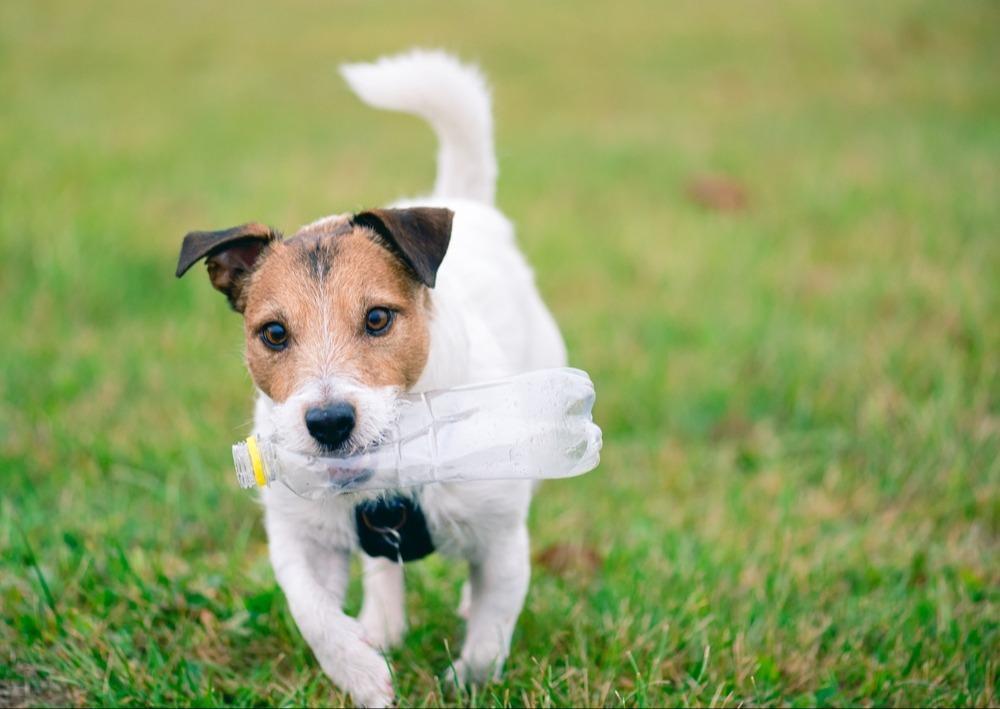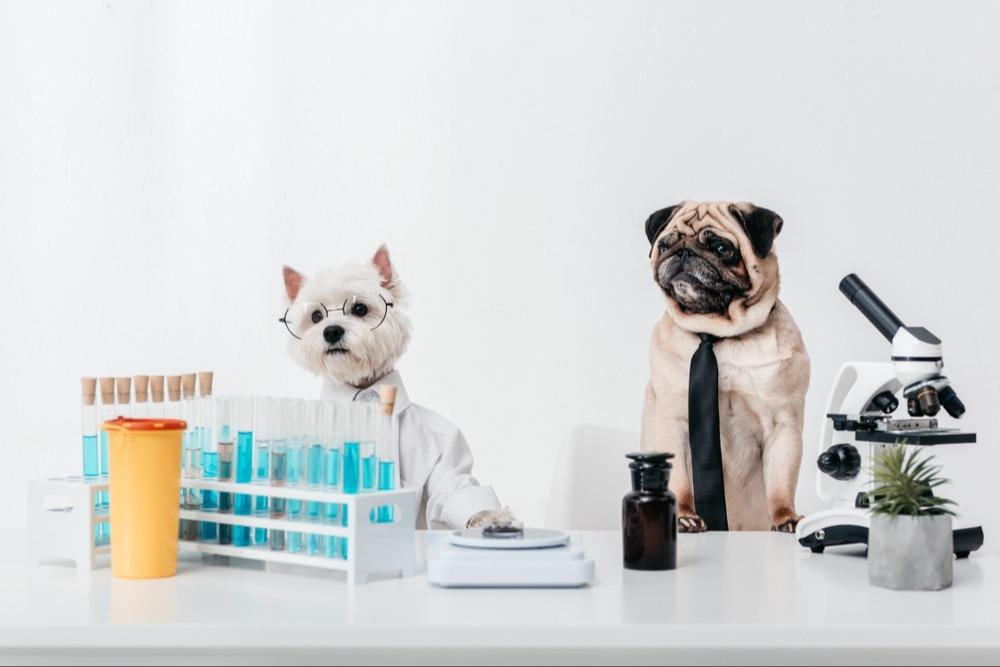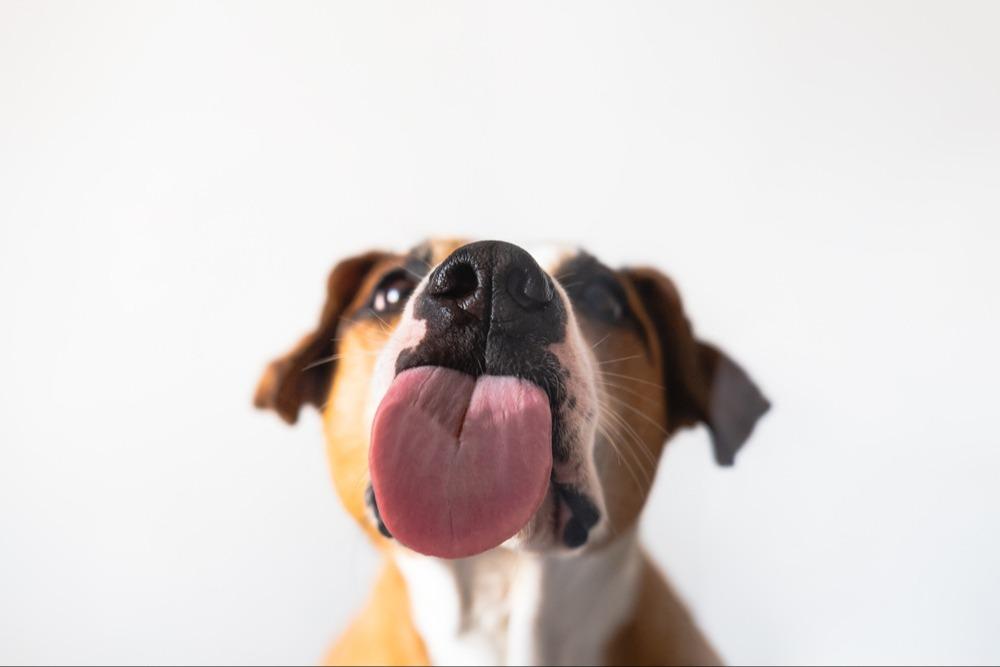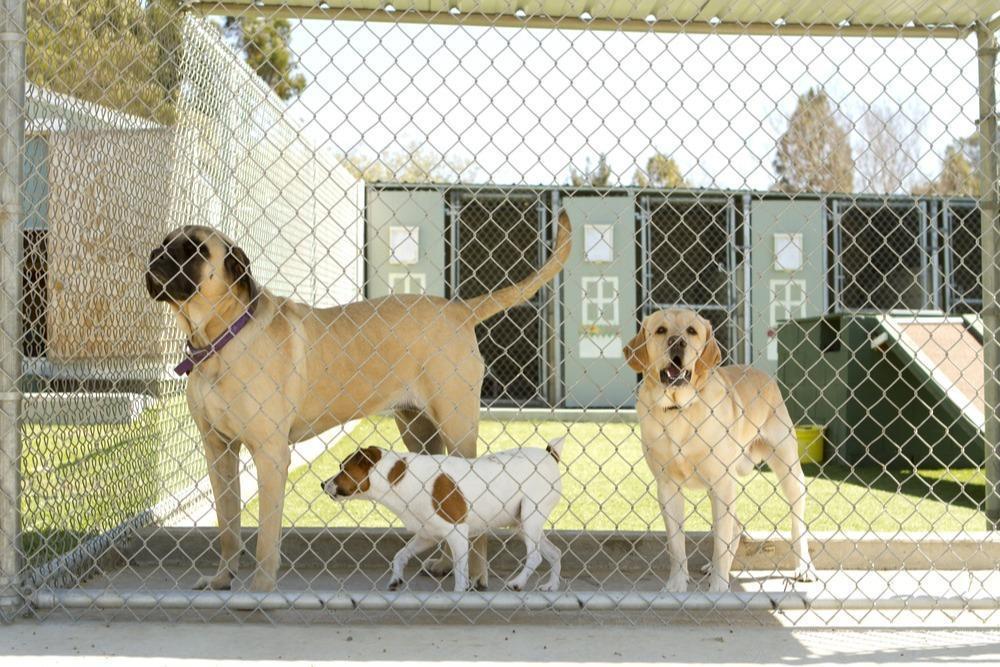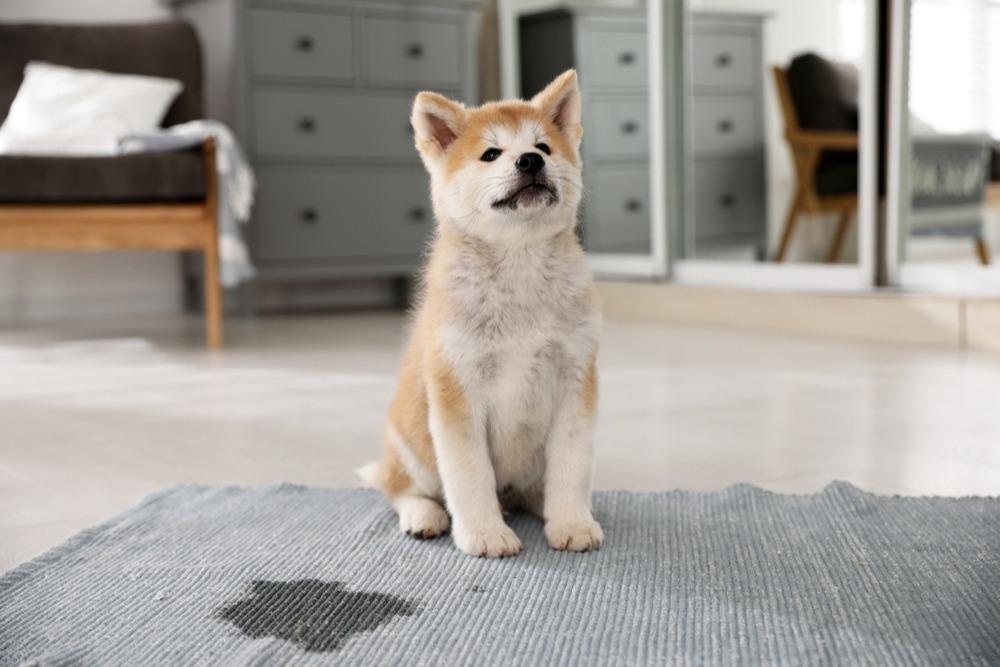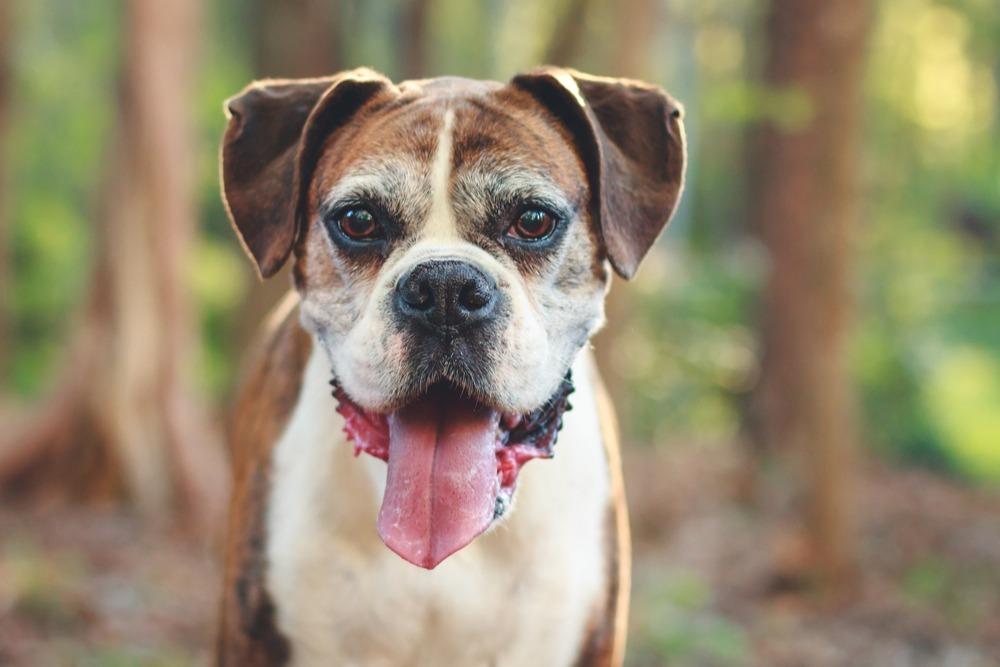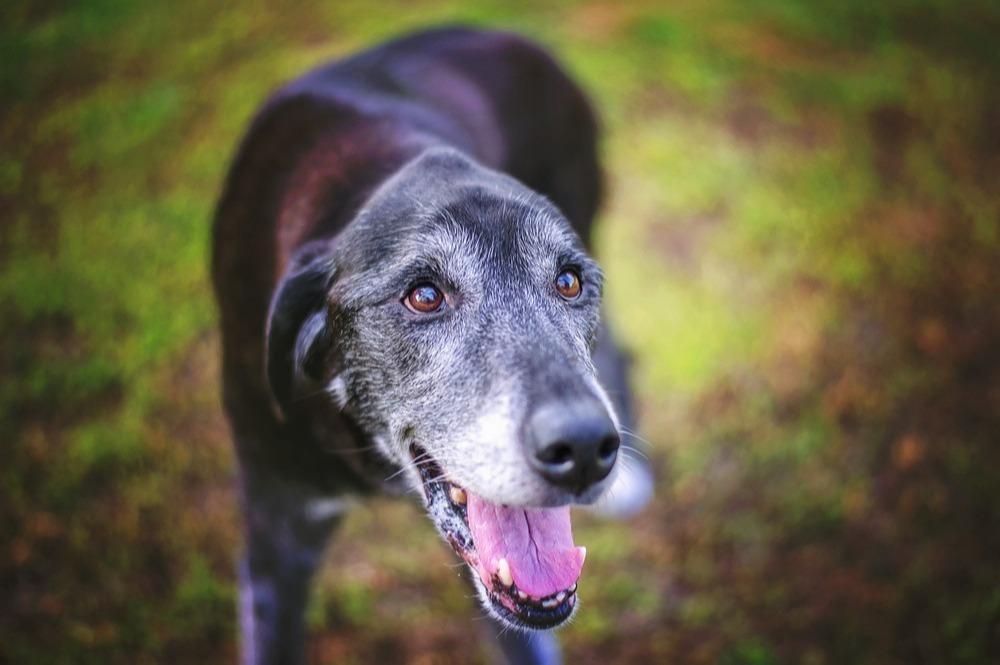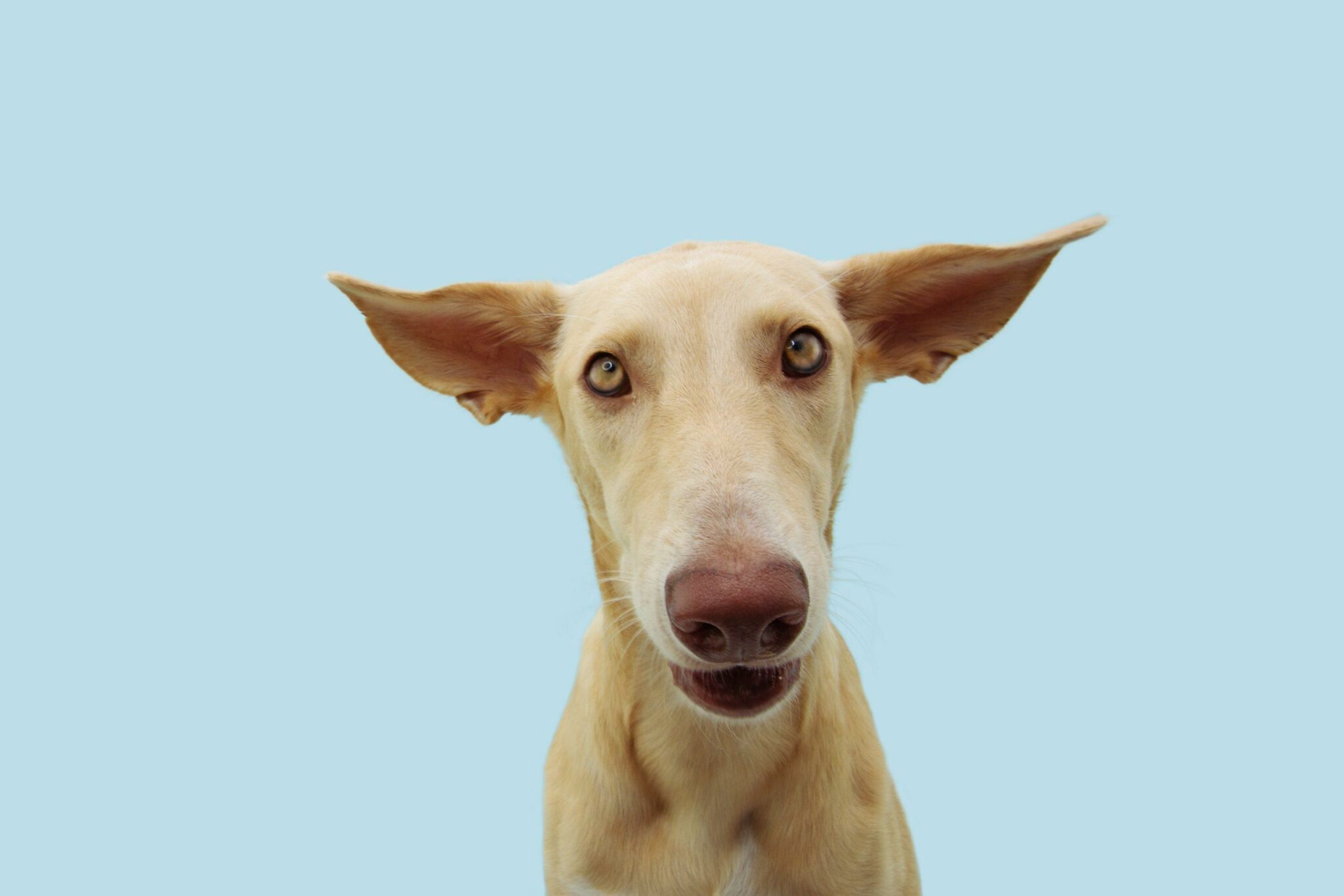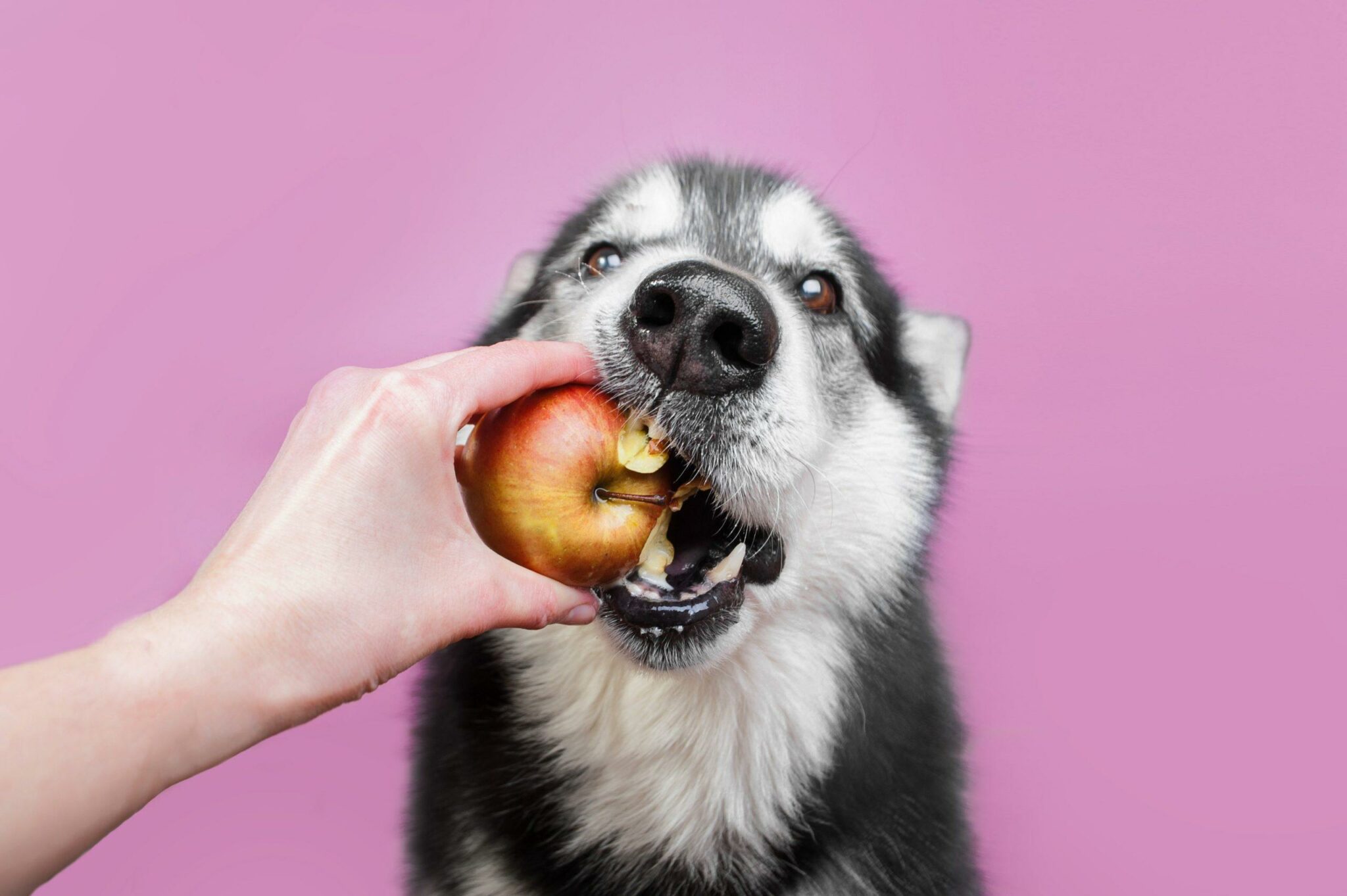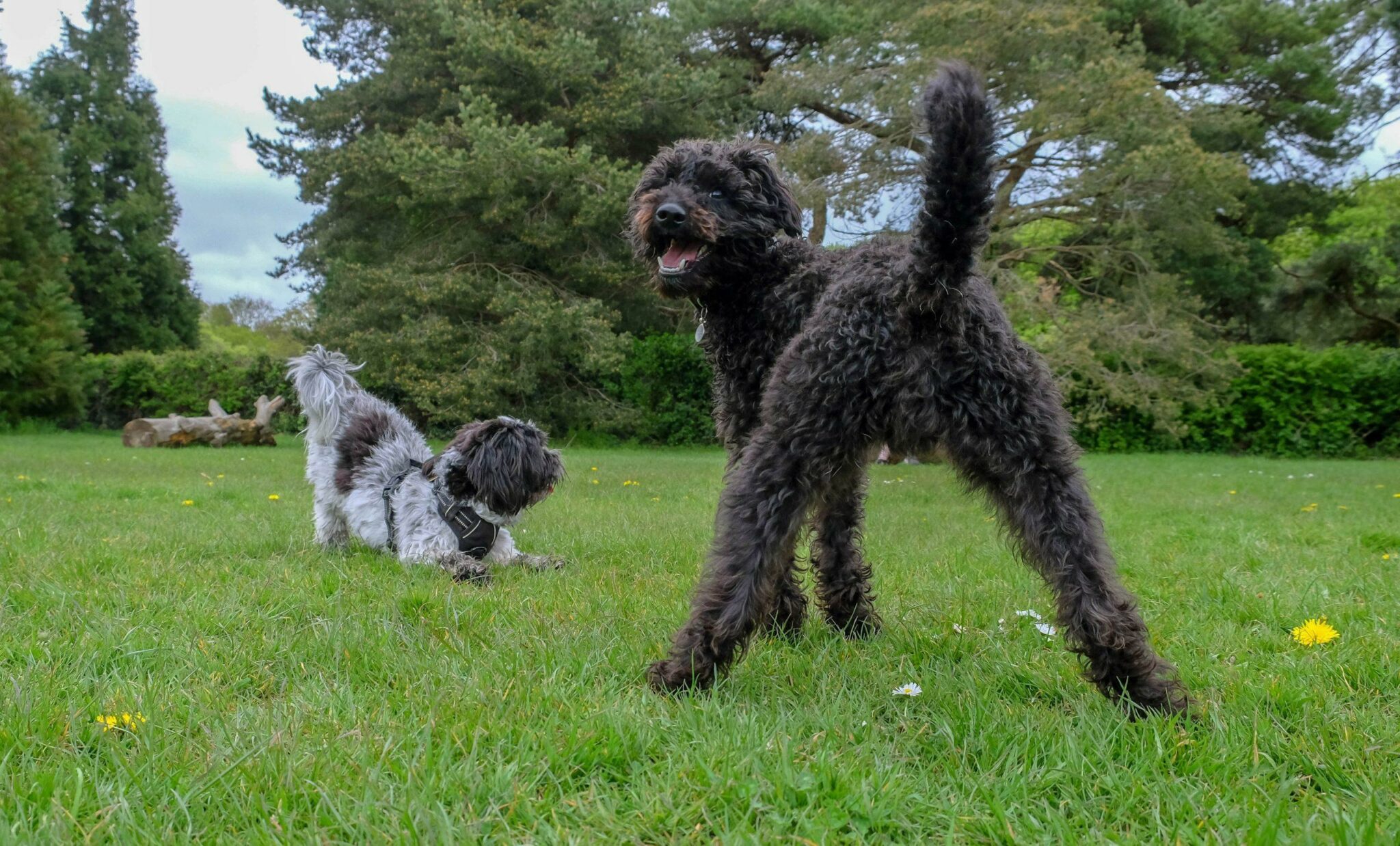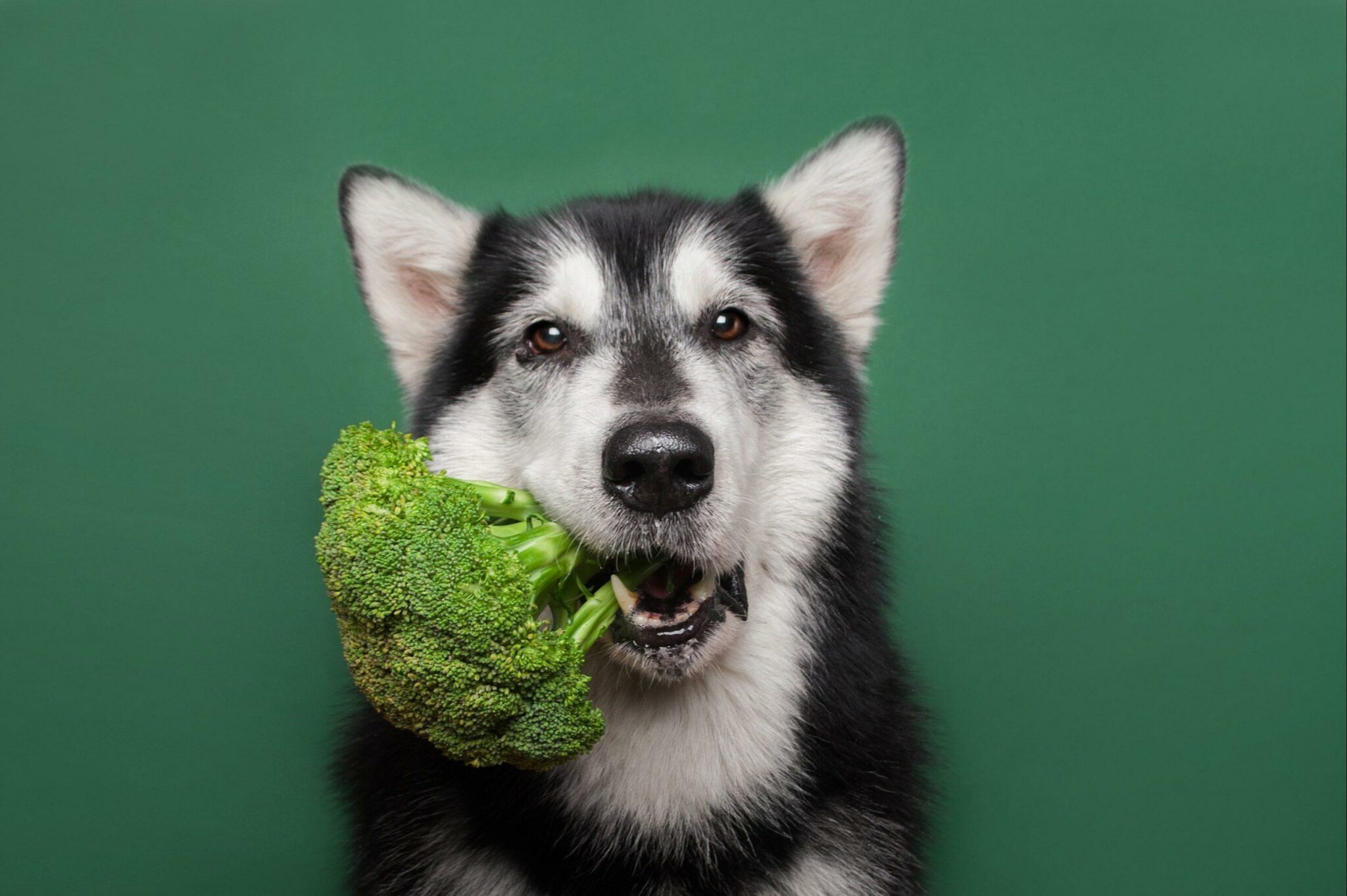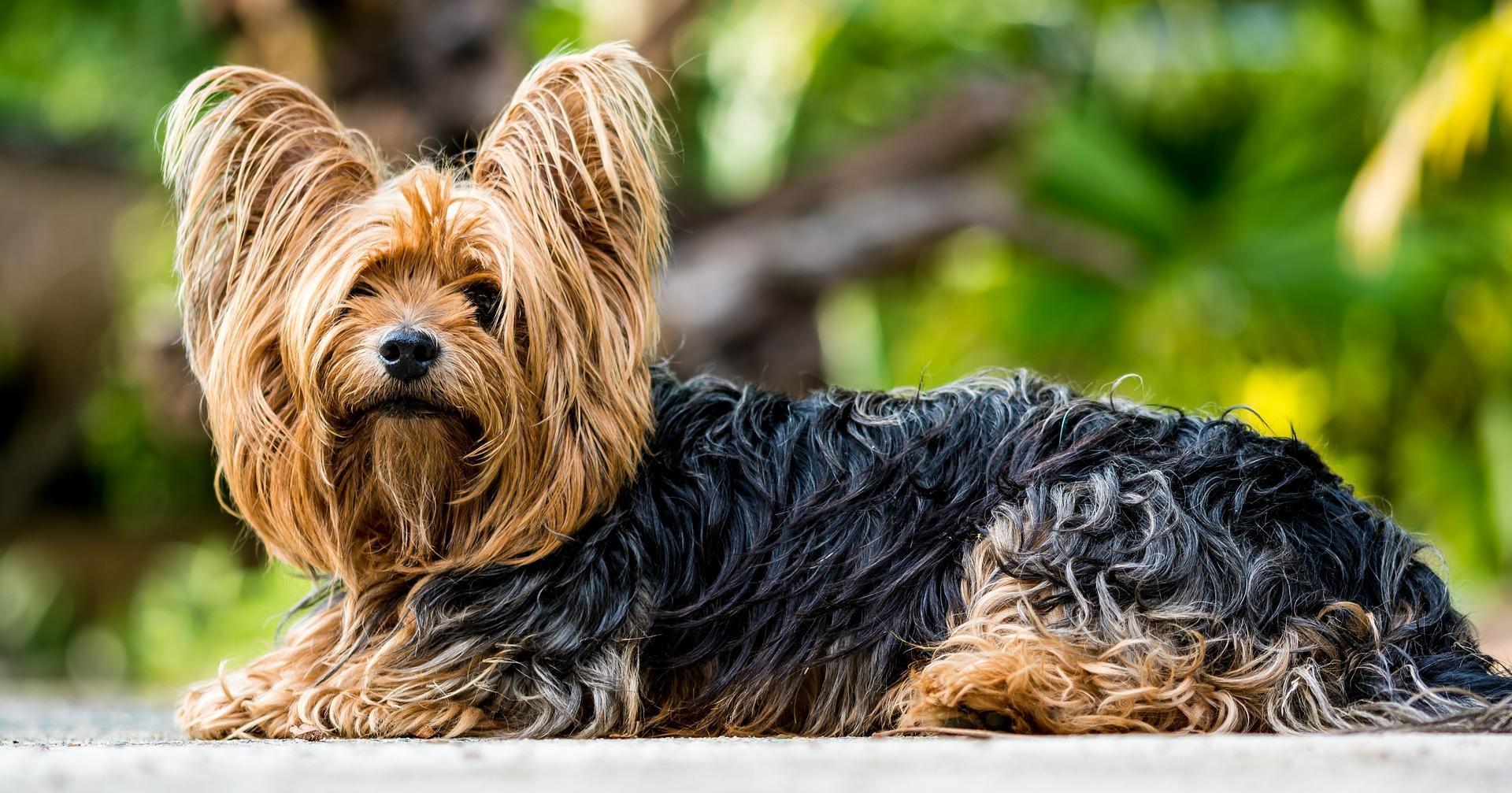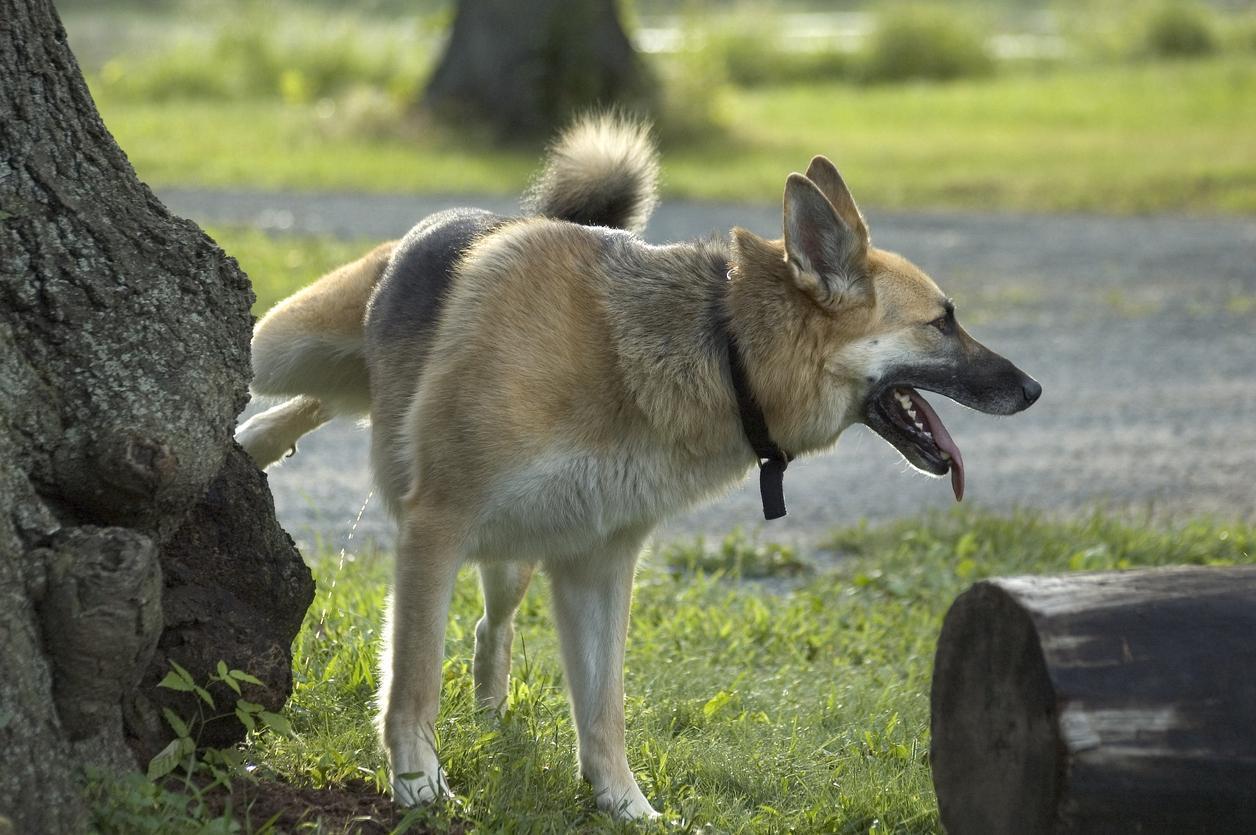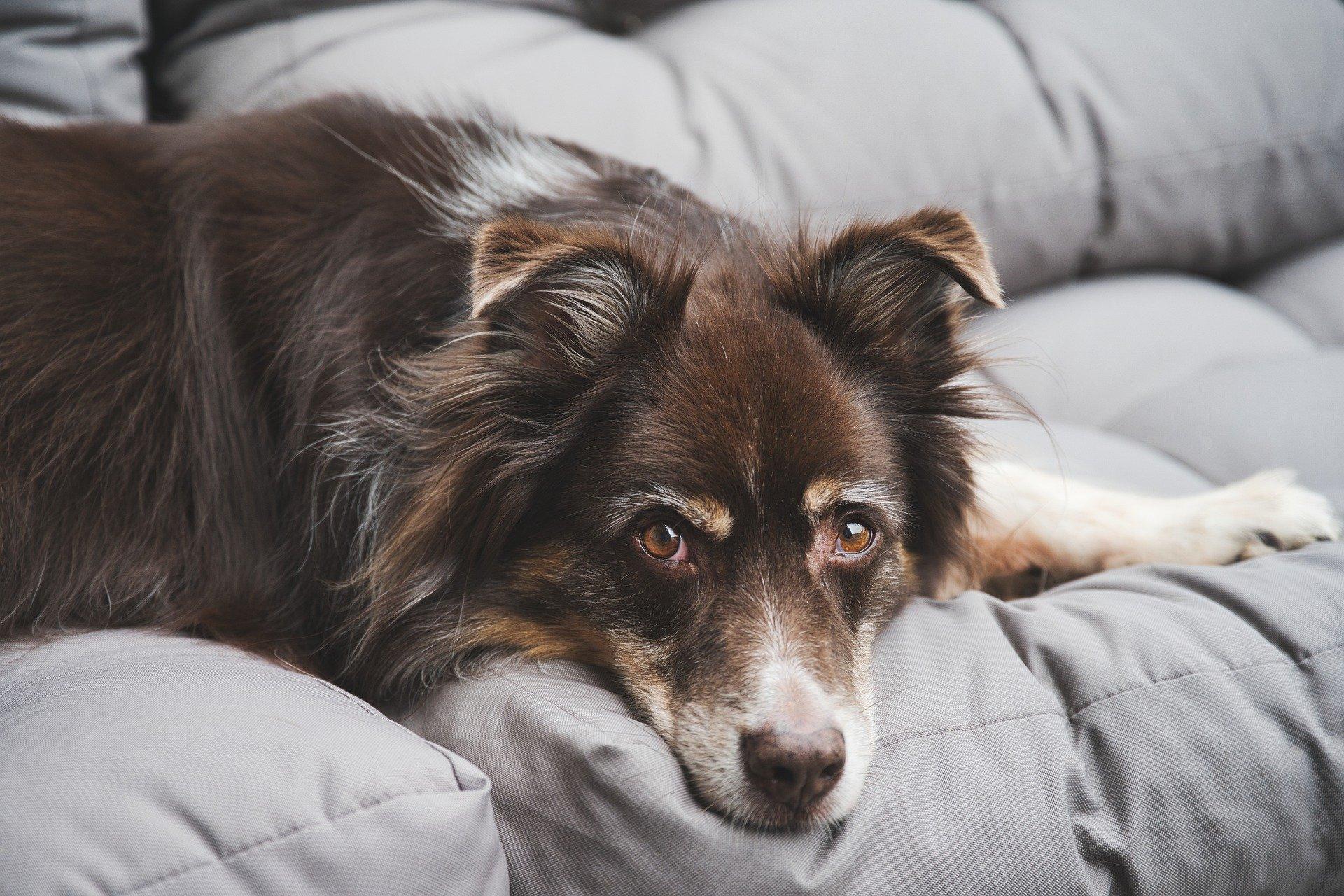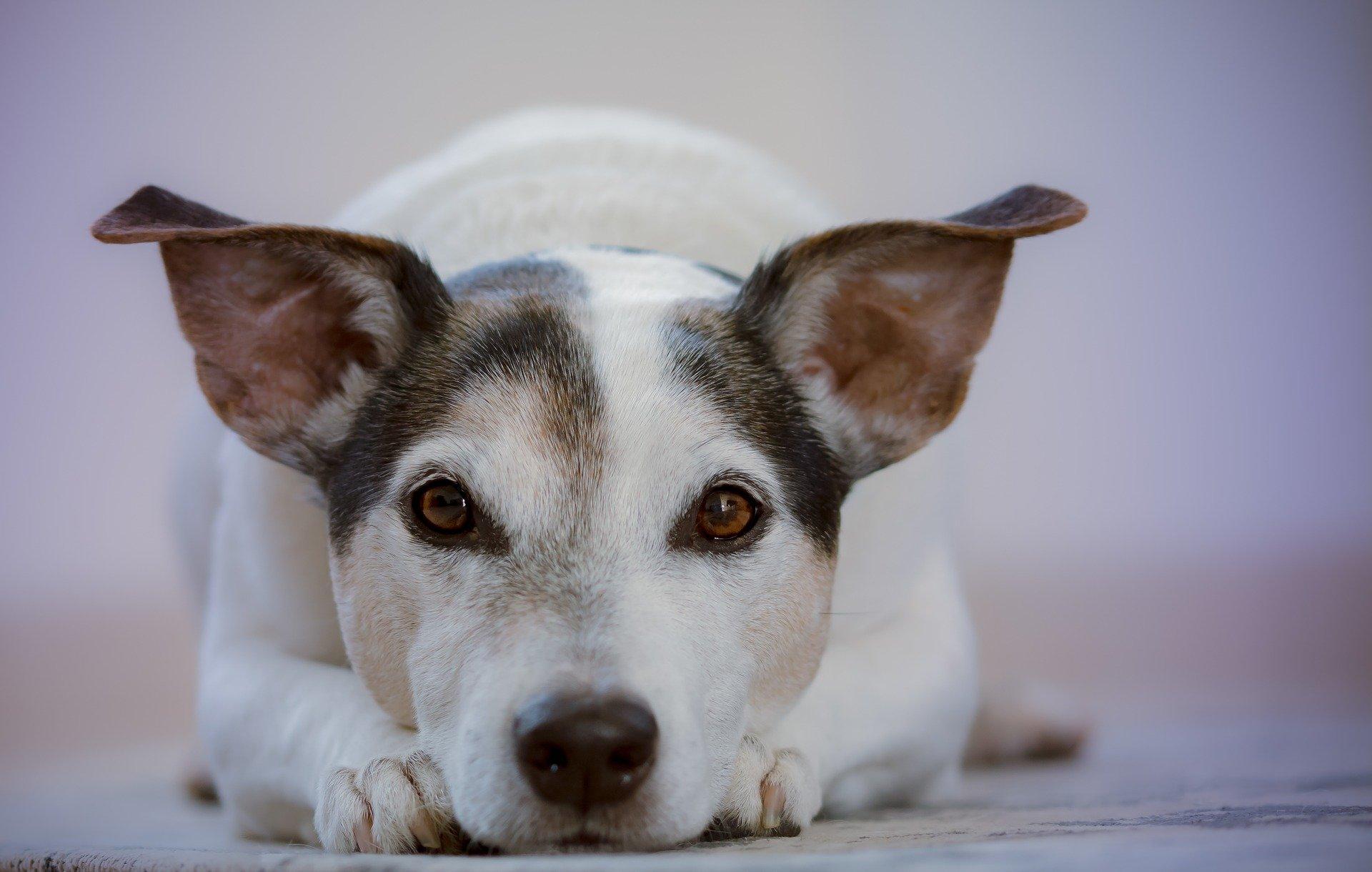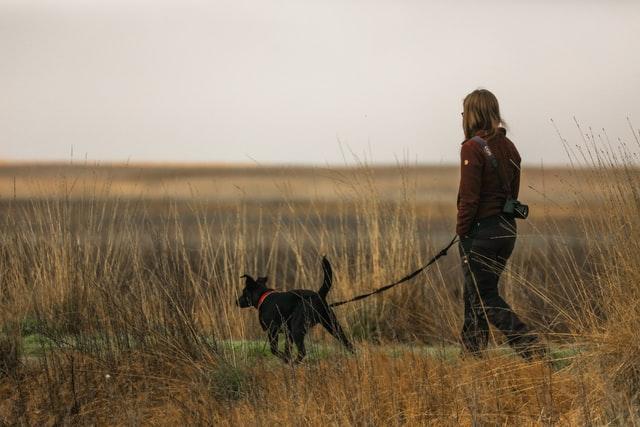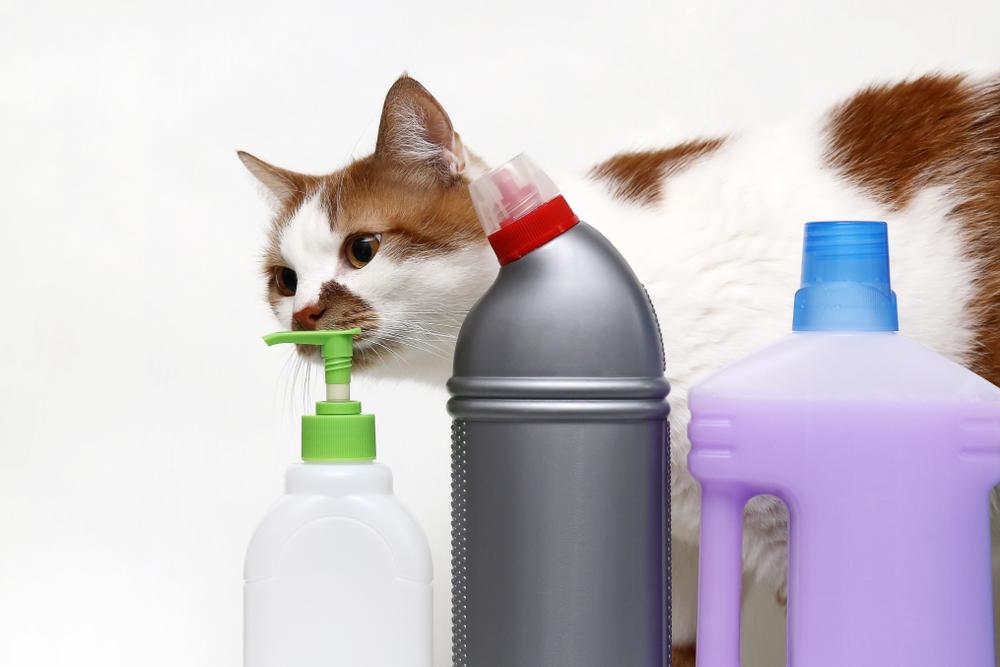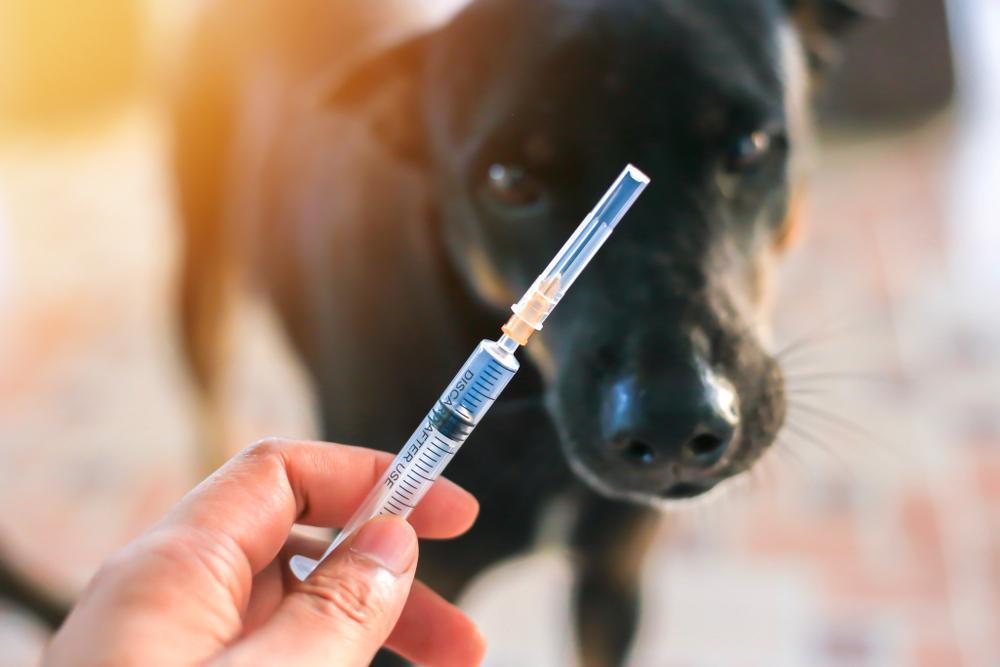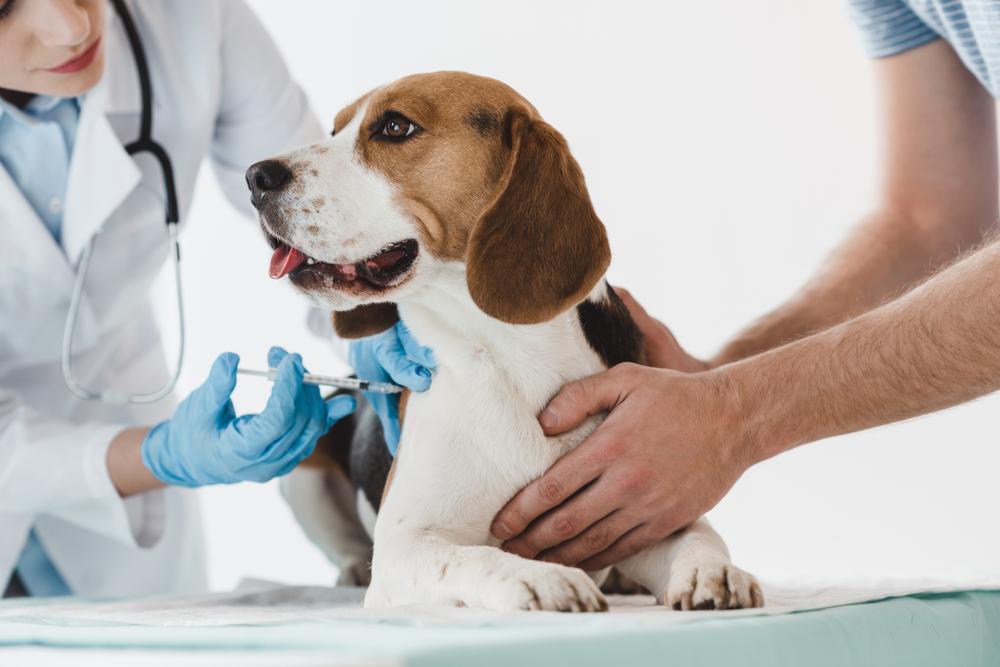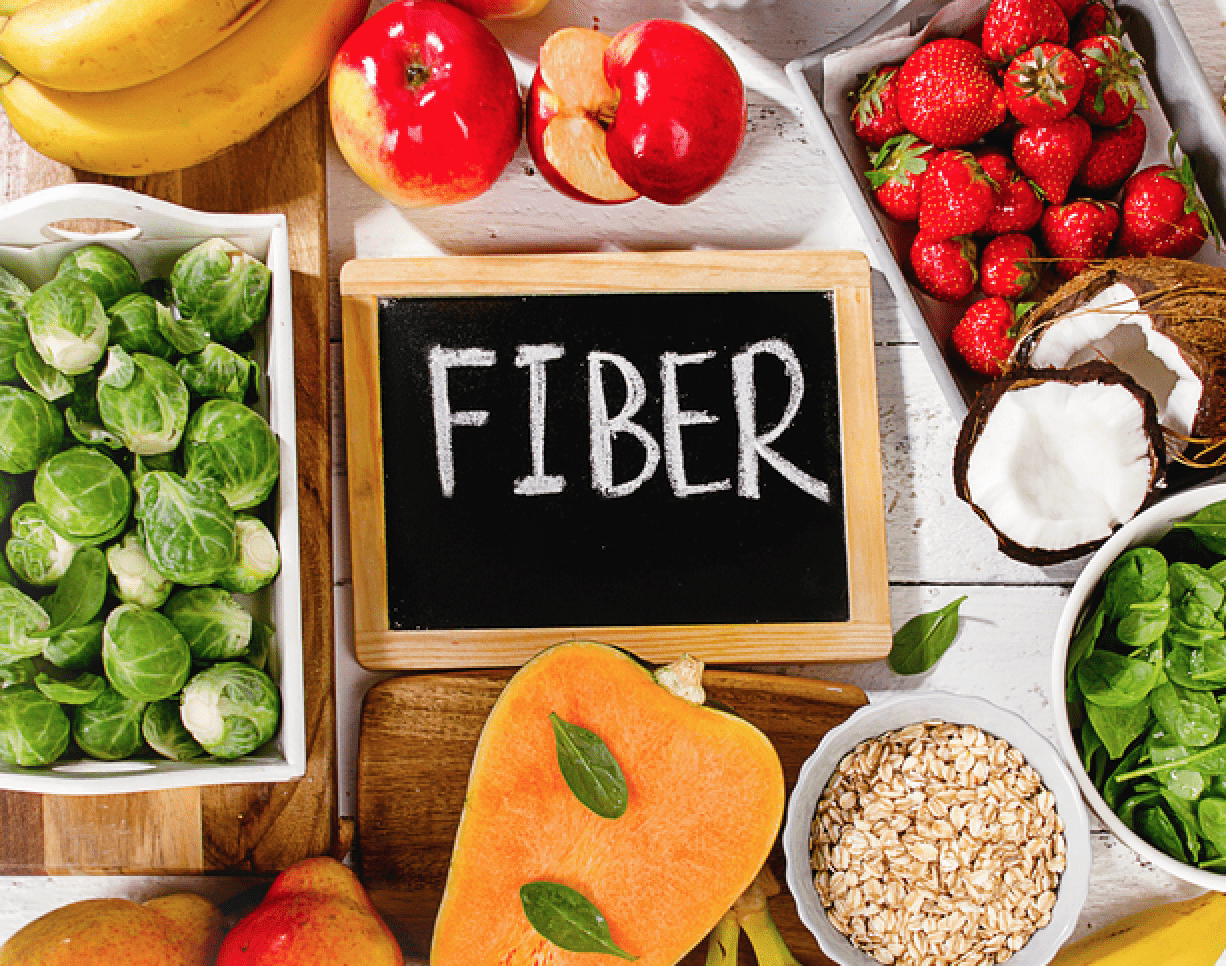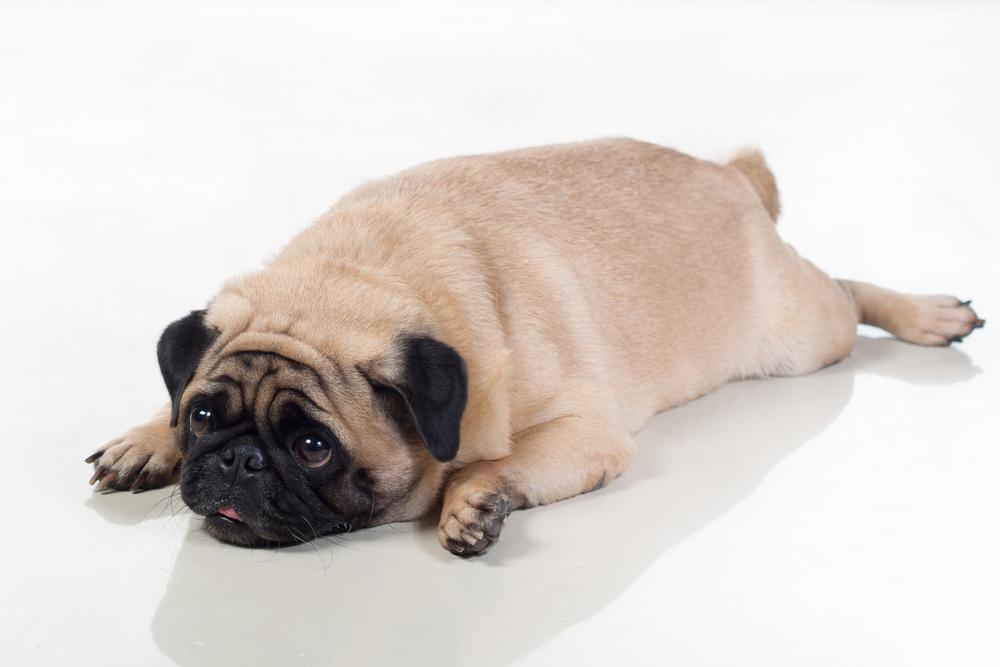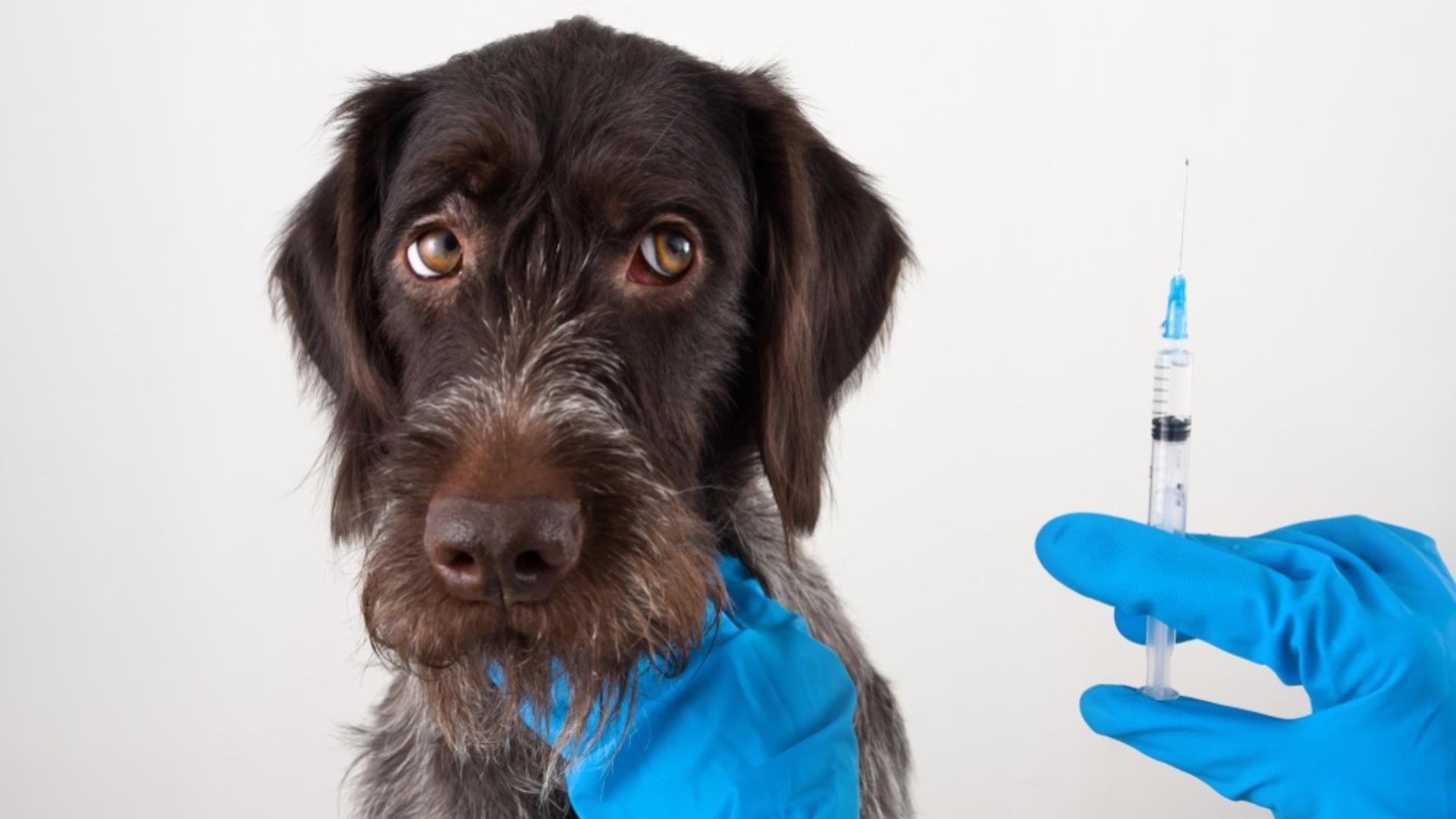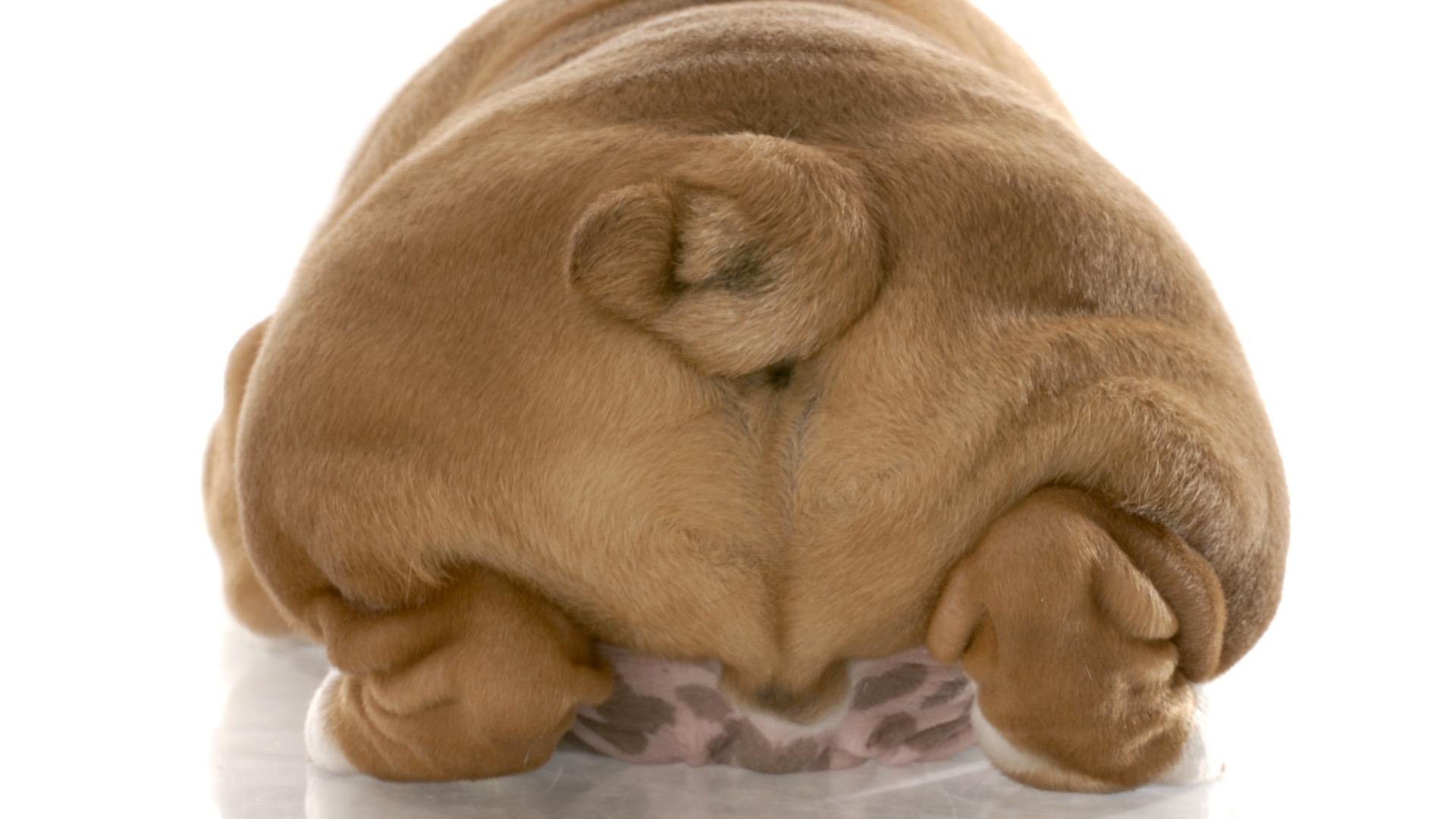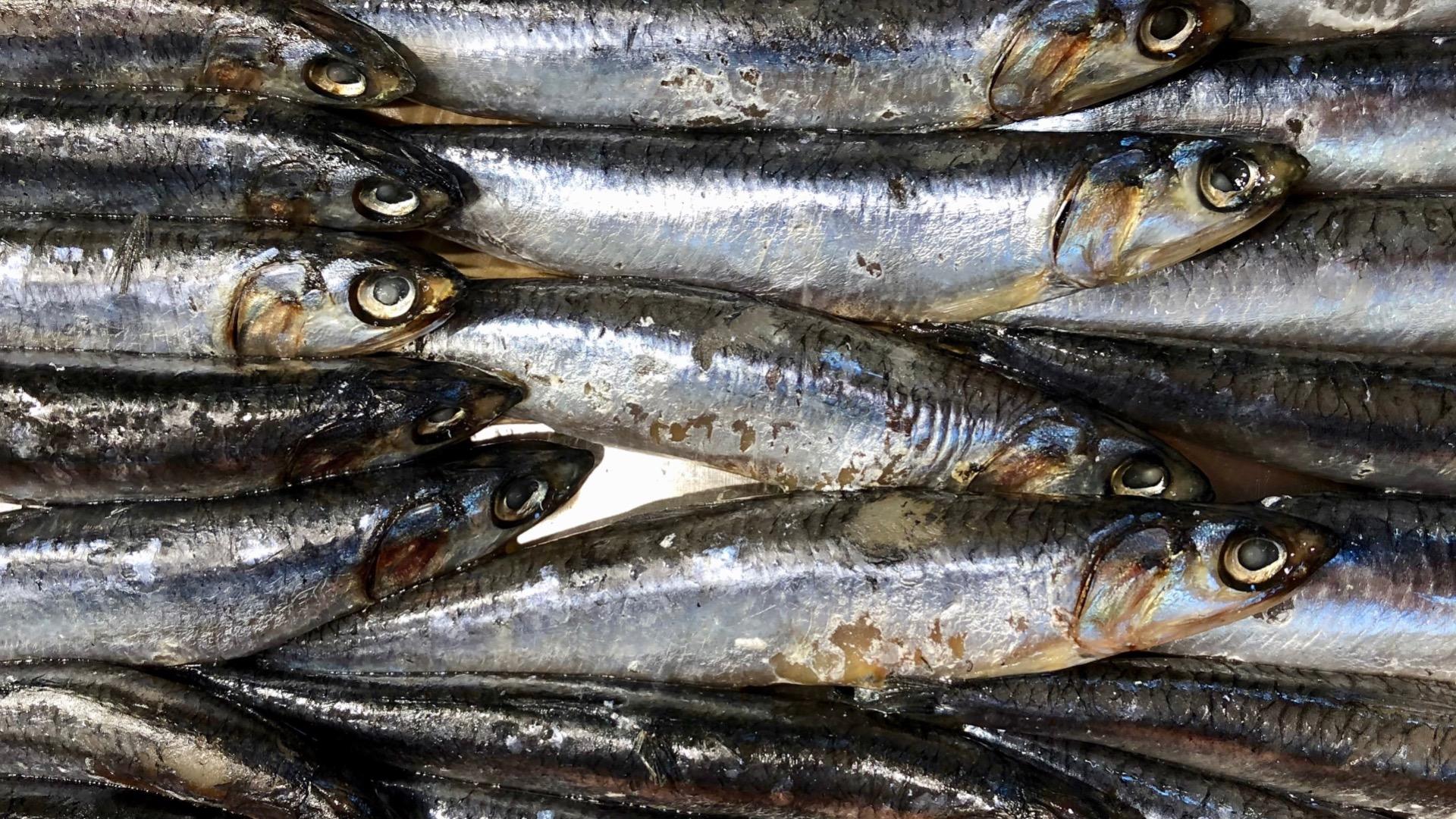Here at
My Pet Nutritionist, we often track many health concerns back to the administration of flea and tick treatments. Whilst correlation is not causation, there is still a correlation.
So let’s take a look at how they work and see if we can understand why we don’t recommend them.
Grab a cuppa, and sit tight!
Permethrin, discovered in 1973, is predominantly administered as a spot-on formulation but has also been formulated in collars.
A bit wordy but, permethrin works after contact with the arthropod and absorption into the arthropod either directly through the outer cuticle or through ingestion during feeding on the host. Permethrin is distributed throughout the arthropod nervous system. As this occurs, it interferes with the voltage-gated sodium channels of neurons by slowing down the activation and inactivation process of the sodium channel gates and significantly prolonging sodium ion influx.
What this means is that it causes continuous nerve charges, resulting in restlessness, incoordination, tremor, paralysis, respiratory failure, and eventually arthropod death. It acts on the nervous system of the flea to kill it.
Permethrin is touted for its fast metabolism in dogs – but cats lack the same enzyme necessary for this process, so any cats that are in contact with dogs who have been treated often show signs of toxicity – hypersalivation, motility disorders, lameness and in some cases death. Check out our article on cat detoxification
here.
Flea repellence is difficult to appropriately define and measure because fleas attack and bite so rapidly after arriving on the host – for this reason, it is claimed that products like this are designed to reduce flea numbers in the household, rather than to prevent new fleas from taking a bite.
Fluralaner is a novel, recently developed chewable tablet, and a molecule of the isoxazoline class. Isoxazolines block the ligand-gated chloride channels of both GABA and glutamate receptors (and as we know these are chemical messengers in the nervous system). After oral administration and absorption int he digestive tract or topical administration and transdermal absorption, fluralaner is rapidly distributed by the circulatory system and maximum plasma levels are on average reached within 24 h after oral or approximately 7 days after topical administration in dogs. This compound has a slow-clearance rate in the body.
Fluralaner is a systemically distributed anti-parasitic agent and, by definition, is not a repellent.
The reason these products are used is to mitigate the risk of tick-borne disease is to disable the critter when they have latched on to your dog but a review carried out on the efficacy of flea and tick products concluded that there are no currently available acaricidal treatment that can completely prevent transmission of tick-borne diseases.
Findings here
The other reason these products are used is often if there are known allergies to fleas. But as these products don’t repel, you still run the risk of contact whilst the flea is being killed from ingesting the toxic compound.
So, if these products don’t repel, is there anything we can do that can?
1) Start in the Garden!
Plant pots of lemon balm, sage, rosemary, lemongrass, basil, and mint! These aromas are great for repelling those pesky fleas!
Lemon balm, or
Melissa officinalis L., grows natively in West Asia,North Africa, and parts of Europe.
As the name suggests, lemon balm has a lemony scent and flavour.
And whilst you’re growing some, you may as well note the additional benefits:
- Antiviral
- Antispasmodic
- Improve cognitive function
- Promote digestion and mitigate griping pains
- Antioxidant
- Hepatoprotective
- Immunomodulatory
Findings here
2) Apple Cider Vinegar!
ACV can be added to water to support gut health in the dog, but it can also be used as a coat rinse – the smell is particularly repellent, to most! Never use neat, always dilute with filtered water.
3) Neem!
Neem has a range of functions including:
- Fungicide – effective in cases of ringworm, yeast overgrowth and many more fungi species
- Antibacterial – neem has effectively suppressed several species of pathogenic bacteria
- Antiviral
- Insecticidal
- Controlling intestinal worms
Findings here
4) Mint!
Not just a breath freshener, it also repels pesky visitors. However, peppermint has been seen to possess the following benefits too:
Antibacterial: Peppermint has demonstrated antimicrobial effects against a range of nasties, including:e.coli, salmonella, streptococcus, staphylococcus, Enterobacter and more! Attention is being paid to its role against multi drug resistance bacteria.
Antifungal: Peppermint ha sbeen seen to have good fungicidal action against candida, and dermatophytic fungi.
Findings here
The reason we have considered additional benefits of these herbs is because worse outcomes are usually associated with a poorly functioning system – and so, in repelling nasties, and mitigating the risk of a burden, it is essential to take a whole health approach to parasite control.
Ironically, the very administration of some of these treatments is often associated with a subsequently poorly functioning system. Reviews have even concluded that there is strong evidence that products not only target fleas and ticks but they compromise the health of the non-target species, in this case, the dog.
Findings here
And so, the single best thing we can do to support the overall health of our pets is provide a fresh, whole-food diet, use natural repellants, to find out more, click
here.
The body has cells, which have jobs to do. To do those jobs, they need nutrients, and whilst some nutrients can be synthesised in the body, many are ingested through the diet.
Ensure the diet is full of bioavailable protein, fat, and a range of micronutrients. In order to fight any nasties that appear, a strong immune system is key, check out our article here to learn more about the function of the immune system
here and for some top foods to help support it
here.
If you are concerned that any treatment you have administered has compromised your dog’s system, as the above review highlights, then check out our article on detoxification
here and also ensure you are supporting their gut health
here.
If you would like any support with your dog’s health, then please check out our services
here.
Thanks for reading!
MPN Team x



